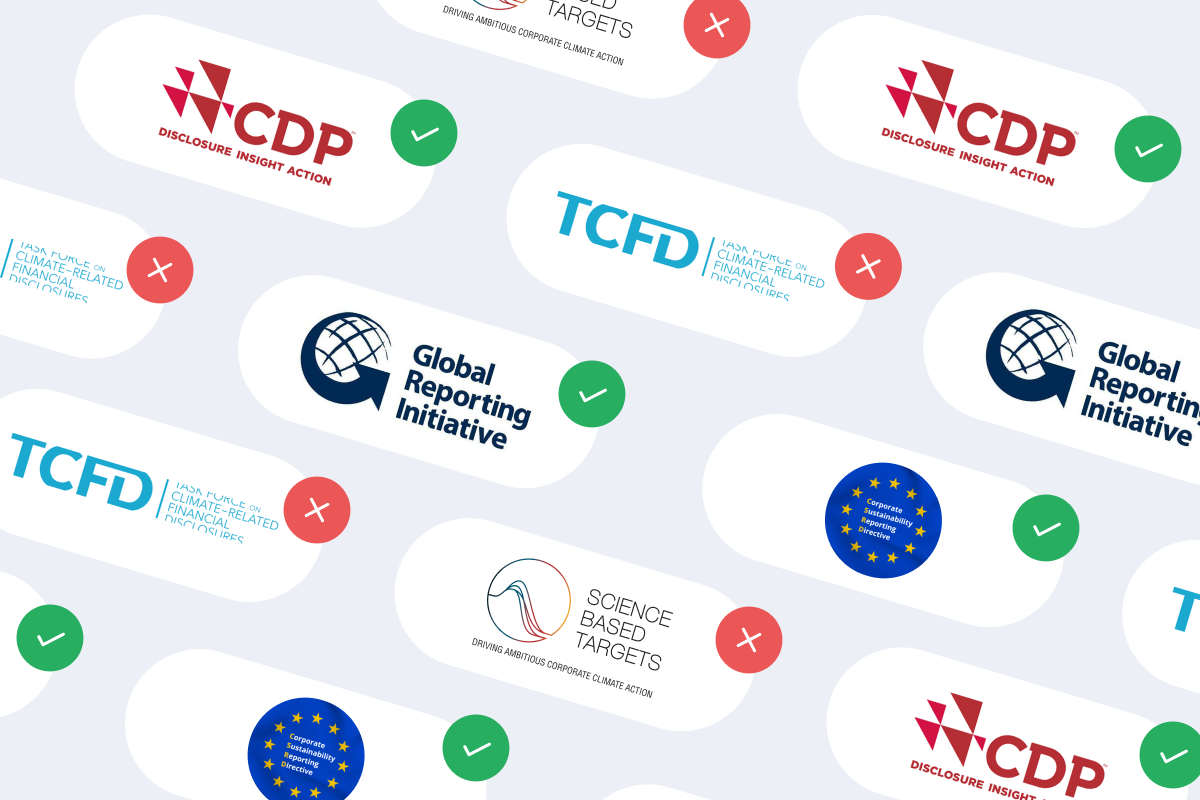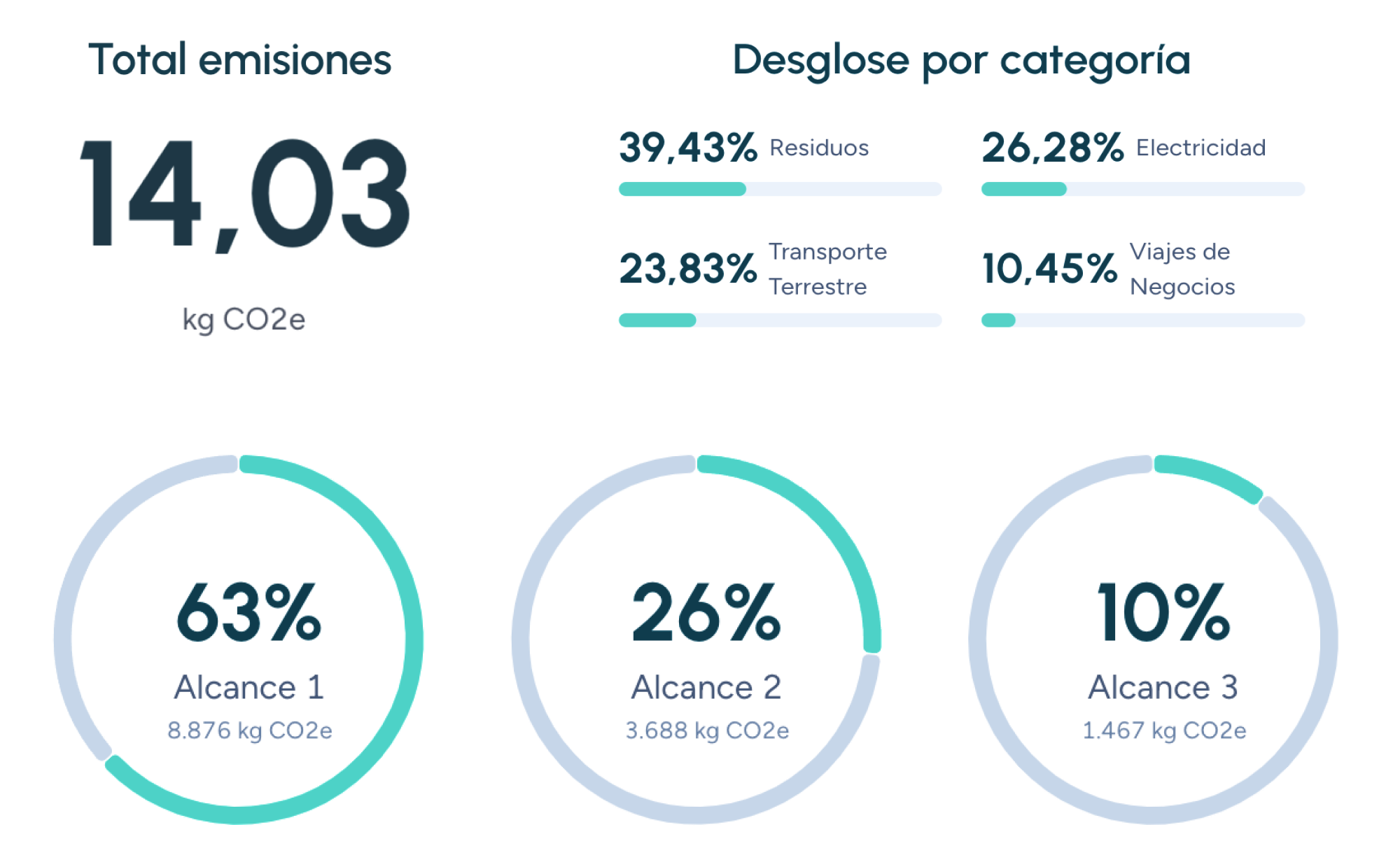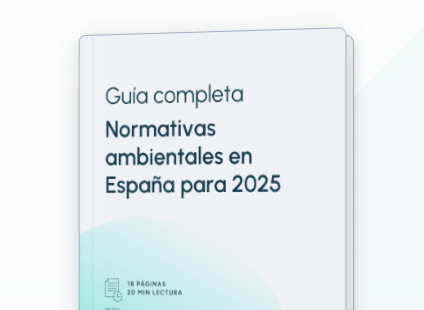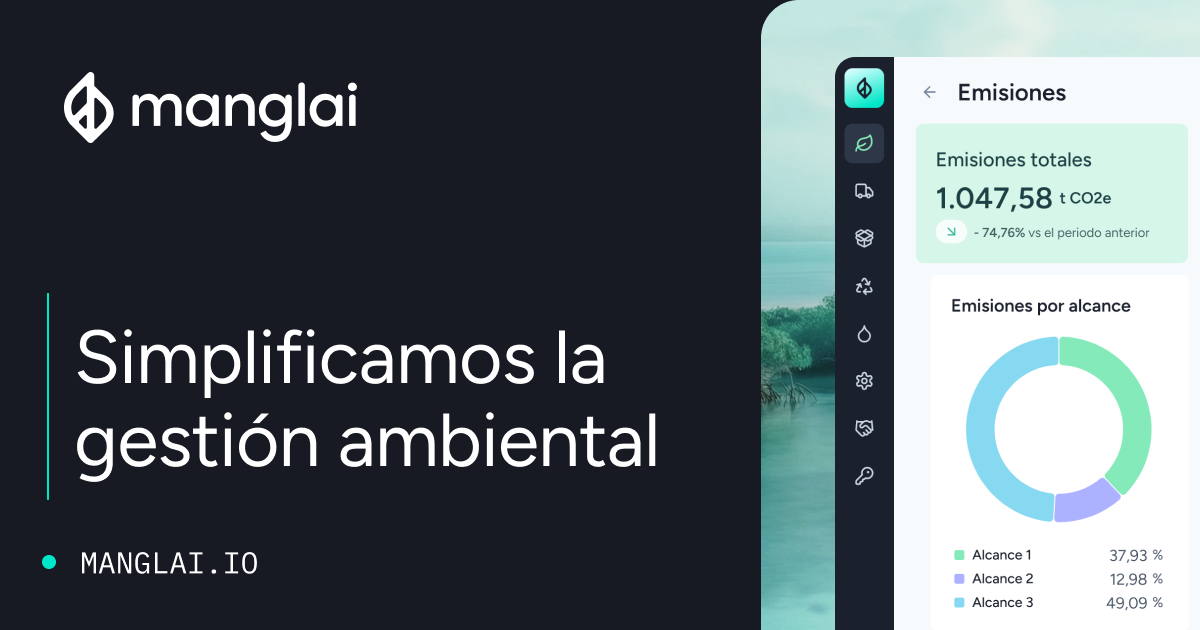Back to the blog
Legislation and regulation
ISO 14001 Audit Checklist (2015 version)
Jaume Fontal
CPTO & Co-Founder
ISO 14001:2015 Certification – What is it and how to prepare for the audit
ISO 14001:2015 is an internationally recognized standard that sets the requirements for an Environmental Management System (EMS). Its primary goal is to help companies demonstrate their responsibility and commitment to the environment, enabling them to identify and manage environmental risks. This standard builds trust among suppliers, customers, and society at large.
Obtaining ISO 14001:2015 certification requires more than meeting the standard; it involves passing a comprehensive audit. Below, we guide you through the audit process and provide a detailed checklist to help you prepare effectively and succeed in achieving certification.
Steps and requirements for the ISO 14001:2015 audit
Approaching the audit process systematically is key to ensuring success and obtaining ISO 14001:2015 certification. Preparing staff, meticulous planning, and efficient task delegation are essential pillars for a smooth process. Collaboration among auditors, department leaders, and key employees is also crucial.
Here are the key steps your company should follow to successfully pass the ISO 14001:2015 audit:
1. Preparation: ISO 14001:2015 checklist
This first step lays the foundation for the entire audit process. Before starting, ensure that your company complies with all requirements of the ISO 14001:2015 standard. Below is a checklist of the most important requirements:
1.1 Key requirements:
- Clause 9.2.1: Internal Audits: Requires regular internal audits to assess EMS performance, verify results, and identify improvement opportunities. Manglai simplifies this process with tools for data analysis and personalized recommendations, enabling proactive monitoring of environmental performance and improvement areas.
- Clause 9.2.2: Audit Program: The internal audit program must be defined and documented before starting the process. The program should include:
- Scope: Specify the areas and processes to be audited. Manglai’s intelligent data classification and management features help organize relevant information for each audit.
- Auditors: Select internal or external auditors.
- Minimum Requirements and Conditions: Define minimum criteria and conditions for conducting the audit and preparing reports. Manglai’s customizable report feature generates reports compliant with the standard.
2. Selection of auditors
The internal audit program defines the type of auditors required. These can be internal, external, or a combination of both, especially for large organizations with dedicated environmental management teams.
2.1 Auditor profiles:
Auditors, whether internal or external, must have specific skills and knowledge:
- Communication: Ability to clearly and concisely convey audit findings.
- Empathy: Understanding the perspectives of various stakeholders in the process.
- Teamwork: Effective collaboration with other auditors and company staff.
- Organization: Ability to plan and execute the audit systematically and efficiently.
- Audit Experience: Previous experience conducting audits, preferably related to ISO 14001.
- Knowledge of Sustainable Processes: Understanding of sustainability principles and best practices in environmental management.
For smaller companies, a qualified internal auditor may suffice. Manglai offers expert climate advisors to provide support and guidance throughout the audit process.
3. Audit planning and execution
A detailed plan is essential for a successful audit. It should include schedules, staff availability, areas to audit, and other relevant details.
3.1 Key elements of the audit plan:
- Scope: Clearly define the areas and processes to be evaluated.
- Objectives: Set specific goals for the audit.
- Review Process: Outline the review methodology.
- Timeline: Provide a detailed schedule of audit activities.
- Interview List: Identify key individuals to interview.
- Document List: Specify required documents for the audit.
- Evidence Collection: Determine methods for collecting evidence.
- Resources: Identify necessary human, financial, and technological resources. Manglai’s project and task management tools can assist with this.
The plan should be communicated to the entire company, ideally during an opening meeting involving senior management. At the end of the audit, a closing meeting should communicate preliminary findings.
4. Audit report preparation
The audit report should be clear, concise, and effective. Below are recommendations for its preparation:
4.1 Audit report recommendations:
- Simplicity: Focus on key aspects. Senior management requires clear, concise information about issues, conclusions, and recommendations.
- Detailed Version for Audited Areas: Provide a more detailed report for areas with non-conformities to facilitate corrective actions. Manglai’s customizable report feature generates tailored reports for different audiences.
- Non-Conformity Statement: Clearly and precisely outline non-conformities, explaining how they fail to meet ISO 14001:2015 requirements.
5. Audit evaluation and future improvements
Once the audit is complete, it’s crucial to evaluate the process to identify areas for improvement. The auditor should assess the type, frequency, and effectiveness of the audit and plan the next one.
5.1 Tools for continuous improvement:
Technological tools, like those offered by Manglai, are invaluable for this process. Our platform streamlines data analysis, report generation, and project management, fostering continuous improvement of the EMS.
Conclusion
While the audit process may seem complex, having a professional team and the right tools makes it manageable. Manglai is your go-to solution for carbon footprint measurement, specializing in the GHG Protocol and ISO 14064. Our tools optimize your EMS and help you achieve sustainability goals.
Remember, ISO 14001:2015 certification is not an end in itself but a journey toward continuous improvement and excellence in environmental management.
Jaume Fontal
CPTO & Co-Founder
About the author
Jaume Fontal is a technology professional who currently serves as CPTO (Chief Product and Technology Officer) at Manglai, a company he co-founded in 2023. Before embarking on this project, he gained experience as Director of Technology and Product at Colvin and worked for over a decade at Softonic. At Manglai, he develops artificial intelligence-based solutions to help companies measure and reduce their carbon footprint.
Content
Companies that trust us

CSRD for SMEs: How cascading regulation will impact your supply chain in 2025
Discover how the CSRD will affect SMEs through the supply chain in 2025—and how to get ready to comply.
22 October, 2025
B Corp Certification in Spain: Cost-Benefit Analysis and the Path to Impact
We analyze B Corp certification in Spain: costs, real benefits, and the steps to obtain the seal that drives sustainability.
06 October, 2025
GHG Protocol vs. ISO 14064-1: Which Standard Should You Choose for Your Emissions Inventory?
Discover the differences between the GHG Protocol and ISO 14064-1 and choose the ideal standard for your emissions inventory and the MITECO.
01 October, 2025
Guiding businesses towards net-zero emissions through AI-driven solutions.
© 2025 Manglai. All rights reserved
Política de Privacidad


